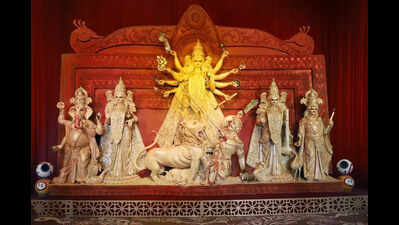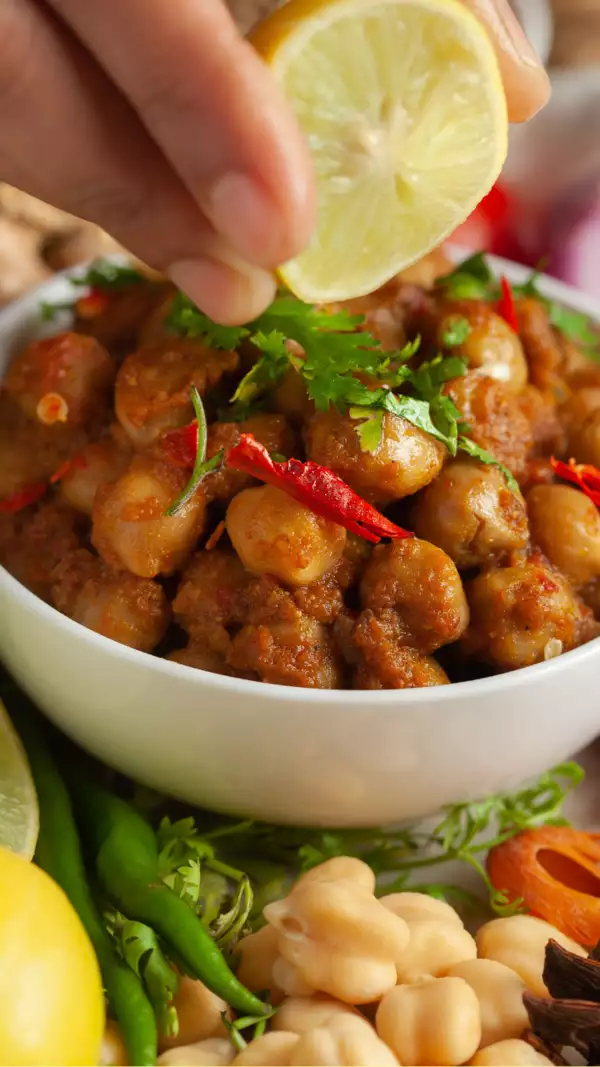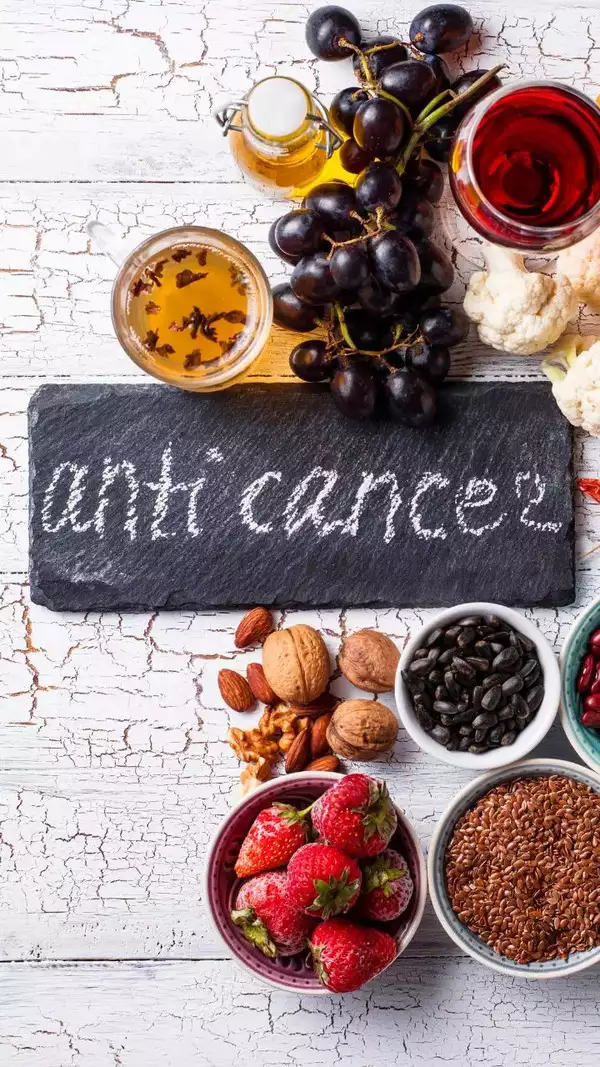- News
- Play to pathshala, poetry to protest: City gears up for themed Durga Puja
Play to pathshala, poetry to protest: City gears up for themed Durga Puja

Maa returns into our midst for just five days every year, her presence feverishly anticipated, her departure much mourned. And it is that time of year again, when devotees create a temporary home for the goddess and her family. "In Devi's grace, our fragrance is radiating," enthuses Alok Roy, president of Sushant Lok Durga Puja Committee (SLDPC).
In the name of Durga Devi, Bengalis gather for a common cause, and neighbours and strangers come together. But beyond the ties of community, the festival has sought to carry the message that actions speak louder than words when it comes to sustainability, and – especially topical this year, if it isn't every year – gender equality.
In Sushant Lok, just as elsewhere in Gurgaon, as Probashi Bengalis started settling in the city, they formed, informally, a club or a society. This year, Sushant Lok is hosting its 25th Puja, and membership, once closed, has been reopened, to accommodate more families and people, to transform what is a big occasion into something truly special.
To mark the silver jubilee, the organisers are presenting ‘Navadurga,' in which the Devi manifests herself in nine different forms: Shailaputri, Brahmacharini, Chandraghanta, Kushmanda, Skandamata, Katyayani, Kalaratri, Mahagauri and Siddhidhatri. The nine divine manifestations draw attention to attributes of Maa Durga, including strength, compassion and protection. (Sushant Lok is not the only Puja this year with such a backdrop; the Gurgaon Bengalee Association in Old Gurgaon too has embraced the ‘Nobo Durga' theme, in its 43rd year.)
If there is a cosmic energy behind the Matrika-themed Navadurga, there is an emancipatory spirit that drives every aspect of the ‘feminine.' And on Shasti, SLDPC is conducting Tilottama 2.0, for the first time since 2019. "This is not a beauty pageant; it is to look for a woman of substance," insists Munmun Basu, in charge of the cultural programs. The contest – open to any woman in Delhi-NCR over 25, Bengali and non-Bengali – seeks to bring women to the forefront.
Such a message is not lost on the Bengali Cultural Association (BCA), organisers of the Garden City Puja in Sector 86. The team here is focused on showing solidarity with the junior doctor whose brutal rape and murder in Kolkata shook the nation. "As an organisation committed to advocating for justice and equality, we firmly stand in support of the movement seeking #JusticeforTilottama. Her tragic story serves as a stark reminder of the heinous crimes against women that continue to plague our society," shared Avinash Sagar, secretary, Bengali Cultural Association.
Because, Maa is a formidable symbol of might, resolve and justice, a fount of strength for women to fight back, and to feel empowered to achieve on their own terms. "Just as Durga embodies the triumph of good over evil, we must unite to ensure that justice prevails for all women who have suffered from violence and oppression," Sagar adds.
Cultural and pastoral roots
If the mood is subdued in Garden City, it's respectful in DLF-1, where the Bengali Cultural Society is dedicating this Durga Puja to three icons of Bengal: Upendrakishore Ray Chowdhury, Sukumar Ray and Satyajit Ray. The enriching contributions of each of the ‘3 Rays' to Bengali culture will be recalled in many ways – in the decoration on the pandal that will mark 50 years of ‘Sonar Kella' (the film version) to a range of cultural programs over the five days, including a rendition of ‘Abol Tabol,' a staging of the musical, ‘Goopy Gyne Bagha Byne,' and a quiz. This ongoing tribute to the Rays will extend into 2025.
"We are honoured this year to celebrate the legacy of three shining lights who have shaped Bengali literature, art, and cinema," says Abir Roy, president, DLF City Durga Puja and Bengali Cultural Society.
Incidentally, throughout the year, Purbapalli in the old town offers classes in Bengali for children brought up in the multicultural environment that is Gurgaon, ensuring that a key part of the cultural heritage is preserved. This is something that members of Bangiya Parishad in Sector 56 are very conscious of, and are going out of their way to promote.
"From Saptami to Navami, 11 am to 1 pm each day – there will be a unique pathshala at our venue. We aim to provide a small yet meaningful initiative to teach Bengali, not only to the younger generation but also to those who have been distanced from the language for a long time," explains Partha Dey, member of the governing body.
Meanwhile, in Sector 69, Tulip Bangiya Parishad (TBP) is returning to the village. The theme of Puja this time is the everyday in rural Bengal. According to Deepayan Das, president, TBP, "This will encompass handicrafts by artisans, and things used in day-to-day life, made from locally available materials such as bamboo"
Puja is a time of celebration and bonding, more so for they who have sought a life elsewhere but whose soul remains in Bengal. As SLDPC's Roy reminds, Puja is a mix of the devotional, social and cultural – essentially, life in all its extraordinariness and ordinariness squeezed into five days. "It's a feeling of home, far away from home," reckons Smita. Indeed, Durga Puja is more than just a festival; it's an emotion.
End of Article
FOLLOW US ON SOCIAL MEDIA









